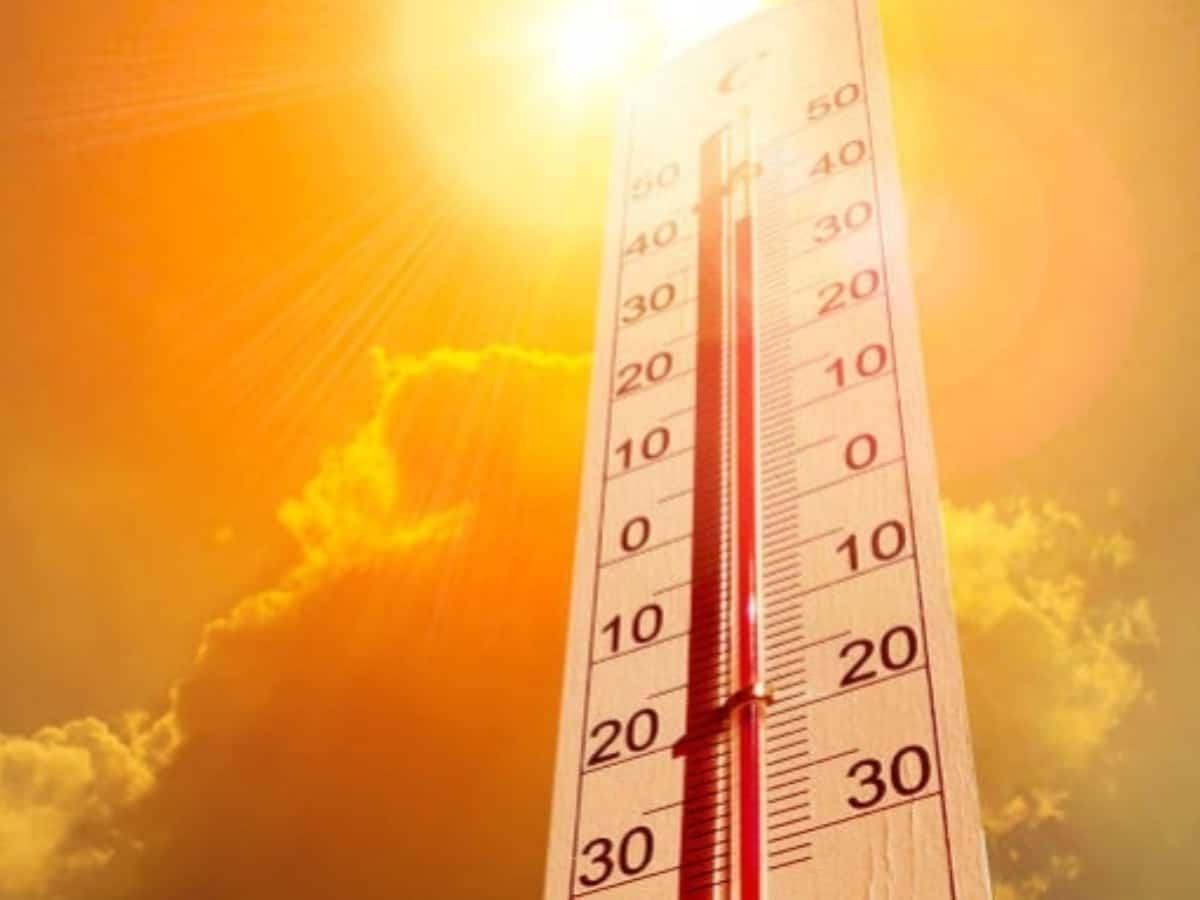
New Delhi: India is likely to experience a warmer summer and more heatwave days this year with El Nino conditions predicted to continue at least until May, the India Meteorological Department said on Friday.
The country is likely to record above-normal rainfall in March (more than 117 per cent of the long-period average of 29.9 mm).
India is likely to see above-normal maximum and minimum temperatures in most parts of the country in the March to May period, IMD Director General Mrutyunjay Mohapatra said at a press conference.
From March to May, the above-normal number of heatwave days is likely over most parts of the country except northeast India, the western Himalayan region, the southwest peninsula and the west coast.
More heatwave days than normal are predicted over northeast peninsular India — Telangana, Andhra Pradesh and north interior Karnataka — and many parts of Maharashtra and Odisha, it said.
Heatwave conditions are not expected over north and central India in March, he said.
Lok Sabha polls are likely to be held in April-May.
Mohapatra said the prevailing El Nino conditions — the periodic warming of waters in the central Pacific Ocean — will continue through the summer season and neutral conditions are likely to develop thereafter.
La Nina conditions — generally associated with good monsoon rainfall in India — are likely to set in by the second half of the monsoon season.
The IMD chief also said that India recorded an average minimum temperature of 14.61 degrees Celsius in February, the second highest in the month since 1901.
A total of eight western disturbances — cyclonic storms originating in the Mediterranean region and beyond — affected the weather in western Himalayan states in February.
Of these, six were active western disturbances that led to rain and hailstorms over the plains in north and central India.



